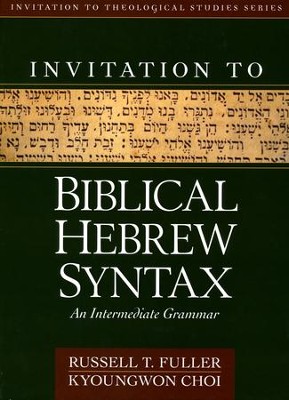In lieu of an abstract, here is a brief excerpt of the content: Hebrew Studies 31 (1990) 188 Reviews address. If we want to know something about the redaction of the Babylonian Talmud. We shall have to describe the Babylonian Talmud and its paramount traits of rhetoric and logic and determine whether it is a compilation or a well-crafted composition. Working our way from the outside to the inside.
In starting from the smallest whole units of thought. The individual sentences. Kalmin has replicated an error of several generations' standing. The utterly useless result. Comprising made-up words that only the author and his six best friends use anyhow. Is yet one more cost exacted by the rather aimless and self-referential (not to say self-serving) program of academic isolates in rabbinical seminaries.

The foremost leader of nineteenth-century German Orthodoxy, Hirsch had a background in Talmud in addition to some study of Greek and Roman classics at the University.
This is what emerges when scholars talk entirely to themselves and listen to no one else. The difference between Kalmin's version of 'the redaction of the Babylonian Talmud' and an academic reading of the same problem is the difference between Nintendo baseball and the kind you play on a real baseball diamond. Jacob Neusner University ofSouth Florida Tampa, FL 33620 A COMPREHENSIVE ETYMOLOGICAL DICTIONARY OF THE HEBREW LANGUAGE FOR READERS OF ENGLISH. By Ernest Klein. New York: Macmillan, 1987. This well-bound.
One-volume work with easy-to-read print in threecolumn pages represents a fme publishing job by Macmillan and an excellent scholarly project by Ernest Klein. The thirty thousand or so Hebrew entries appear in boldface Hebrew characters followed by the part of speech and the linguistic stratum from which the entry stems. The various meanings numbered consecutively come next and then a concise etymology.
Finally, a listing of derivatives is presented. In the case of verbs, the stem appears followed by all existing verb patterns (binyanim) with the appropriate meaning of each. This work, purporting to be A Comprehensive Etymological Dictionary, has a few significant deficiencies. Autocad 2014 Ita Windows 8. The five strata identified by Klein from which the entry words derive are 'Biblical,' 'Post Biblical,' 'Medieval,' and 'New Hebrew,' as well as 'Foreign Words.' There is no further explanation.
Definition, or discussion of these categories! As promised in the flyleaf, one would expect to trace in a comprehensive etymological dictionary 'the way its vocabulary has changed in meaning Hebrew Studies 31 (1990) 189 Reviews and in usage over the centuries.' The etymological infonnation presented. Is too scanty for this.
There are no quotations showing the forms. Usages of the words. Changes in senses. Nor dates of the usages.
Solely in the case of New Hebrew words is there a specification beyond mere defmition. Checkpoint Vpn Secure Client Mac more. If the creator of an entry word is known. Klein includes a note like the following which appears for P':Jo: '[coined by Eliezer ben Yehudah (1853-1922).]! But even in such cases. Klein does not cite the original quotation carrying the word.
Nor any early quotation with it. Or any example of its usage. For all strata Klein does adduce the stem in cognate languages together with the meaning of the stem in these languages. All words from languages other than Hebrew. And Yiddish are printed in Roman characters and translated into English. Klein also provides the various translations of a word if these differ in Biblical. Post Biblical.
Or New Hebrew. This reviewer finds the contemporary language aspect of the dictionary the weakest. Kleins knowledge is broad. And his analyses are accurate. The representation of New Hebrew and Foreign Words in the present-day language appears distorted.
Although Hebrew stemming from earlier strata is presented well. A plethora of common. Everyday words in current usage from the New Hebrew stratum are conspicuously missing. A multivolume dictionary cannot include all the words of the Hebrew language in all its periods.
Much less a one-volume work. The claim that 'in this dictionary.
The vocabulary of present-day Hebrew is covered thoroughly: leads one to wonder at the omission of certain entries (e.g.• l'='mt, ll,at, iTOl, I!)~:JC, ppo. In the case of iTel one is particularly puzzled because the entry iTOU with the plene spelling is followed by 'see iT'il~.' Klein does include other foreign. • If you would like to authenticate using a different subscribed institution that supports Shibboleth authentication or have your own login and password to Project MUSE, click 'Authenticate'.